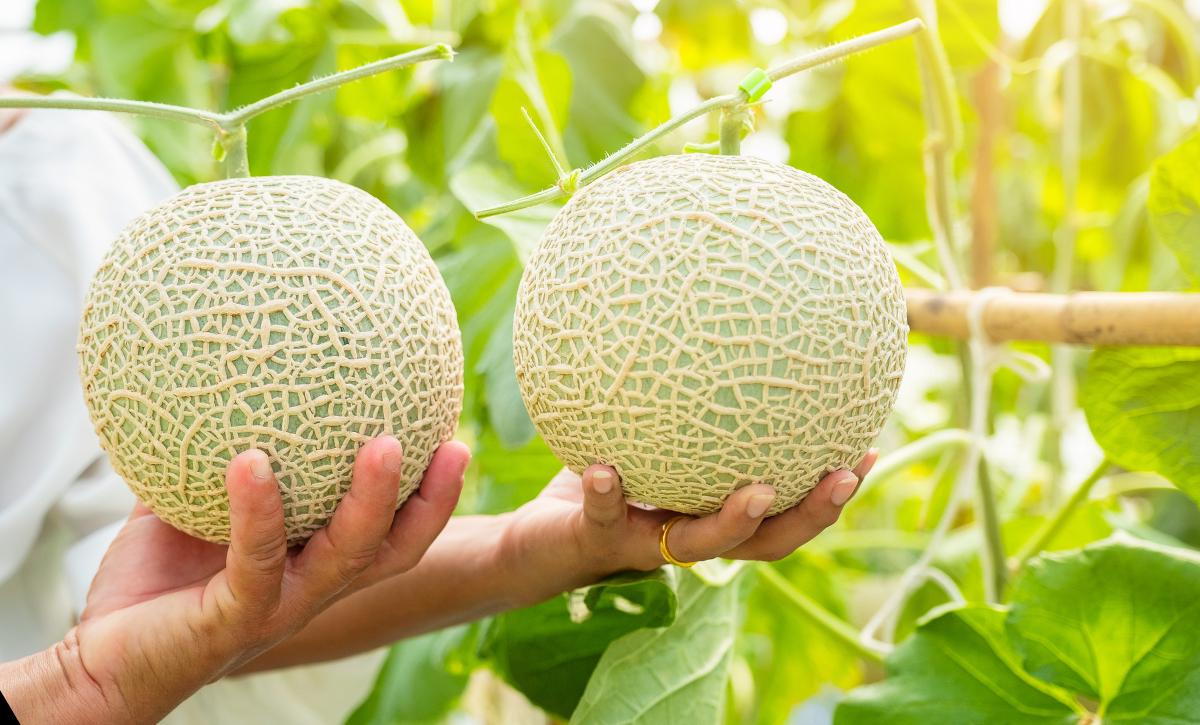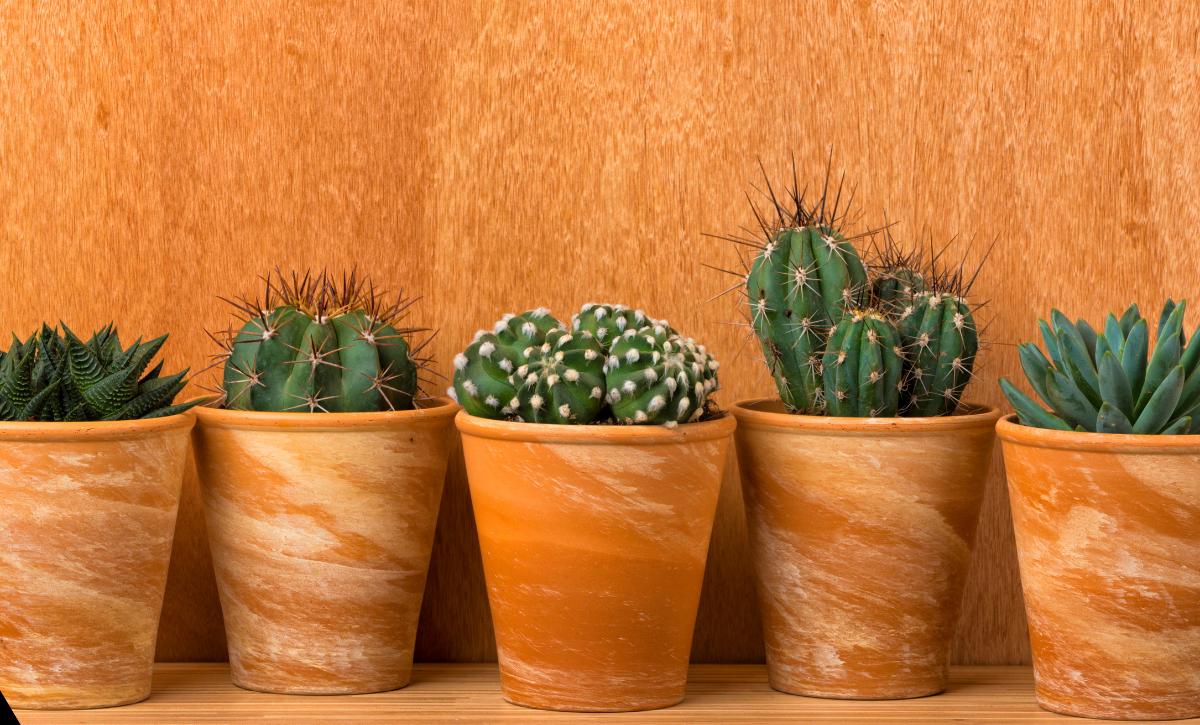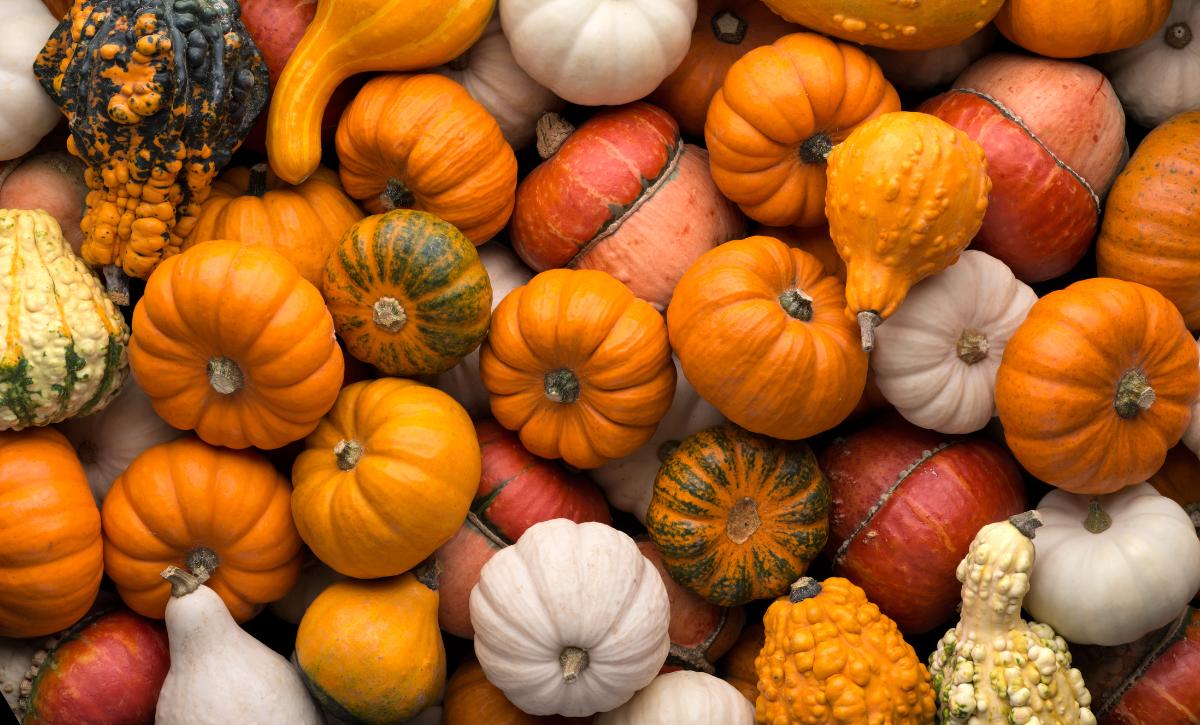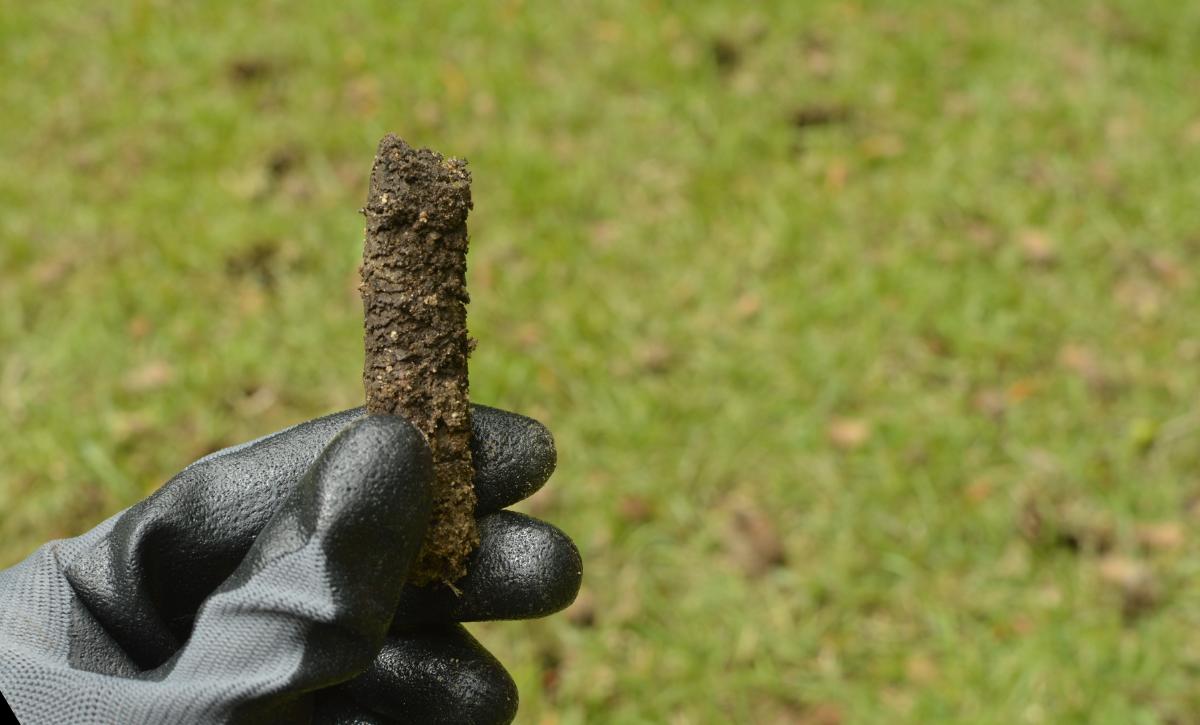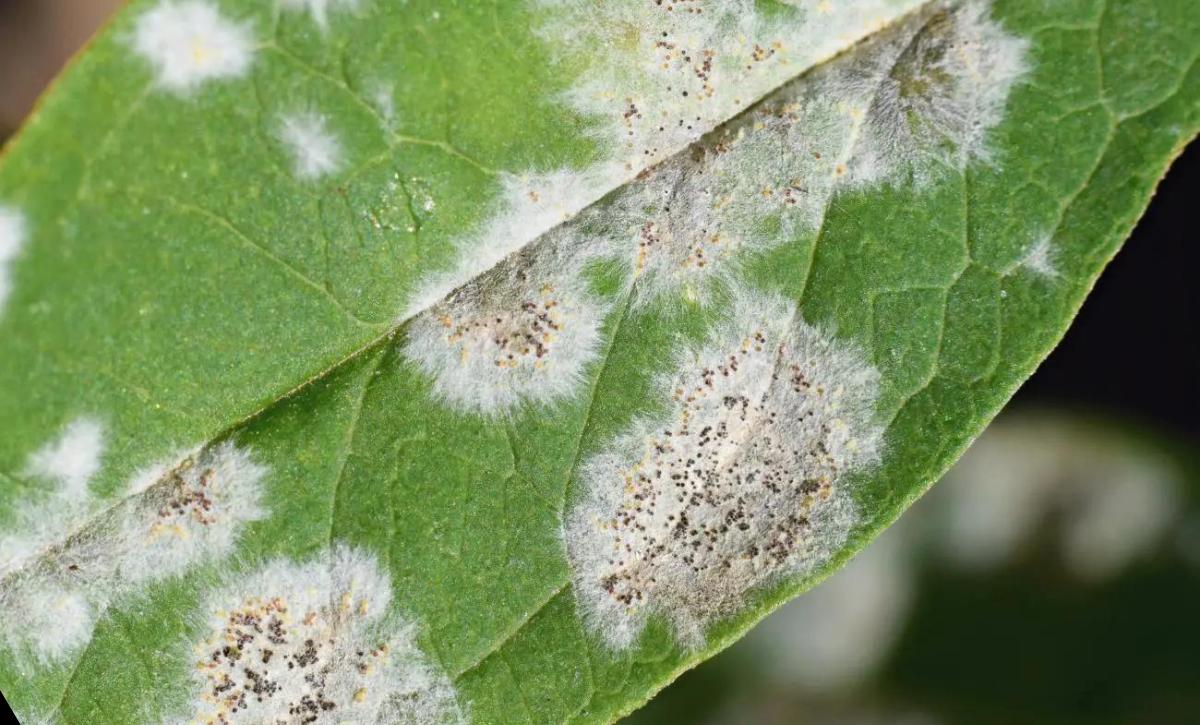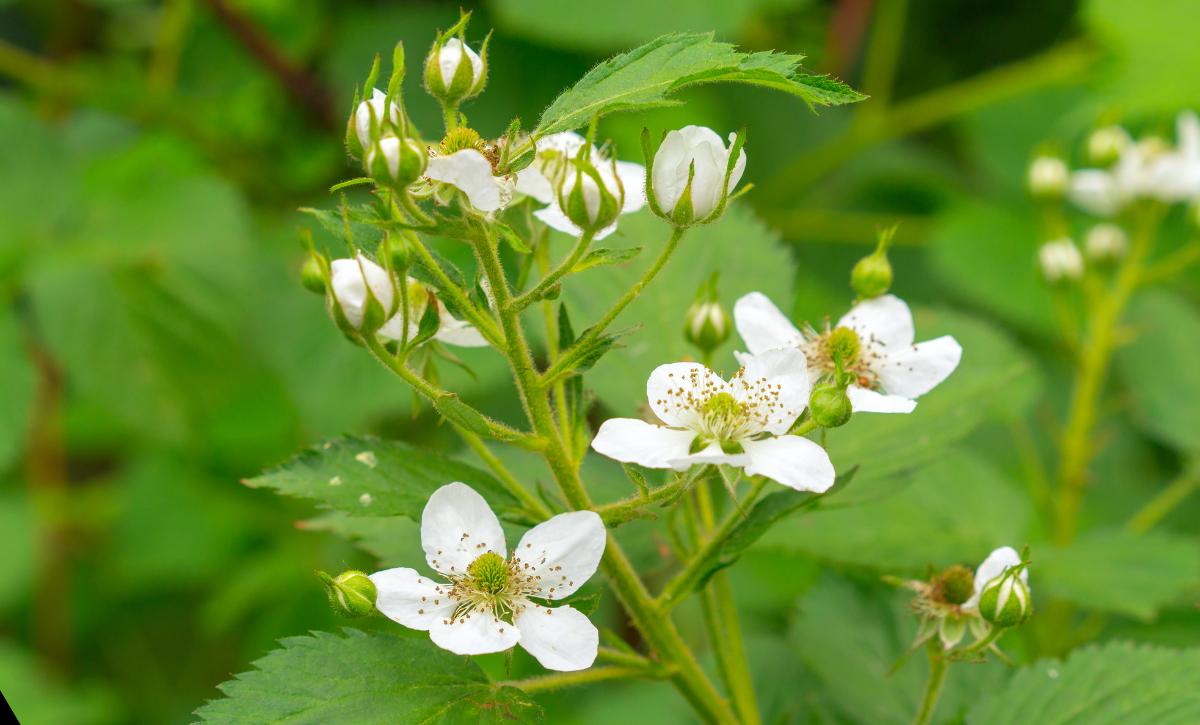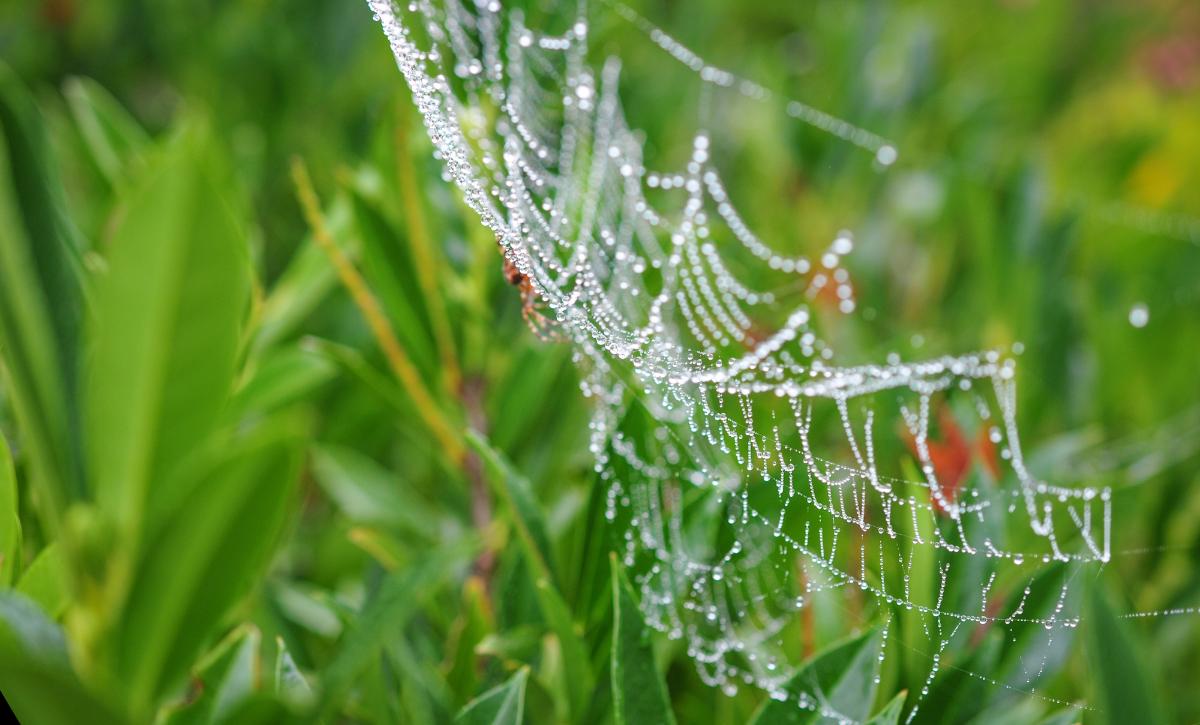If you are a fan of melons of all different sizes and shapes, summer is probably your best season of the year, especially if your favorite melon is cantaloupe.
Cantaloupes are known for their sweet flavor, and they are rich in folate, potassium, beta carotene, and vitamins A and C. So, you’ll be savoring the deliciousness of the orange flesh while also improving your overall well-being.
I have been growing cantaloupe for quite some years, and, take it from me, growing them is pretty straightforward. If you plan on growing them, you should definitely try making a cantaloupe smoothie; you’ll be making this yummy drink every day!
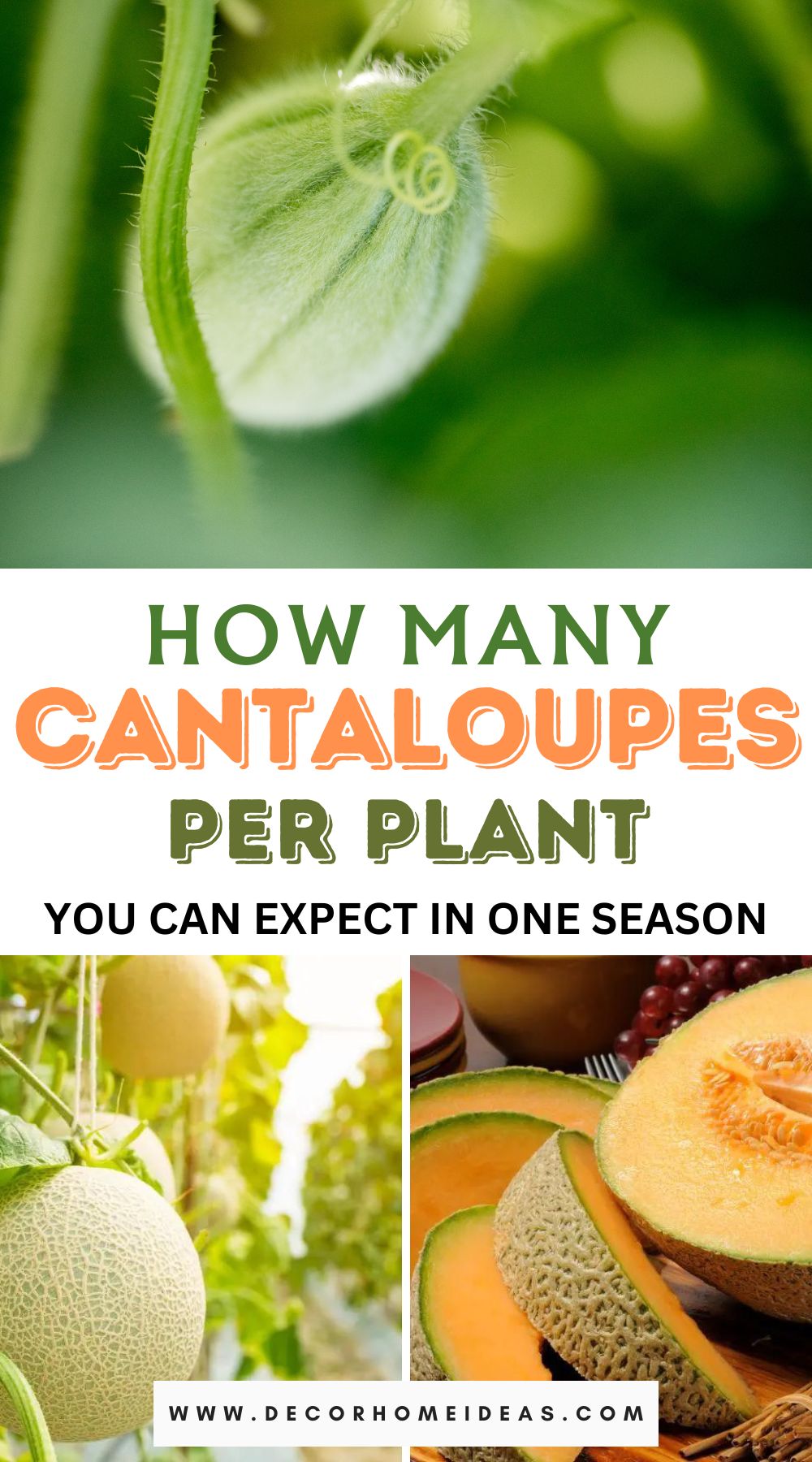
The number of cantaloupes you can harvest from one plant depends on the growing conditions you’re providing and the cantaloupe variety.
This article will provide you with information on growing melons as well as the number of sweet fruits you can expect to harvest from each cantaloupe plant.
Let’s get started!
How Many Cantaloupes Per Plant
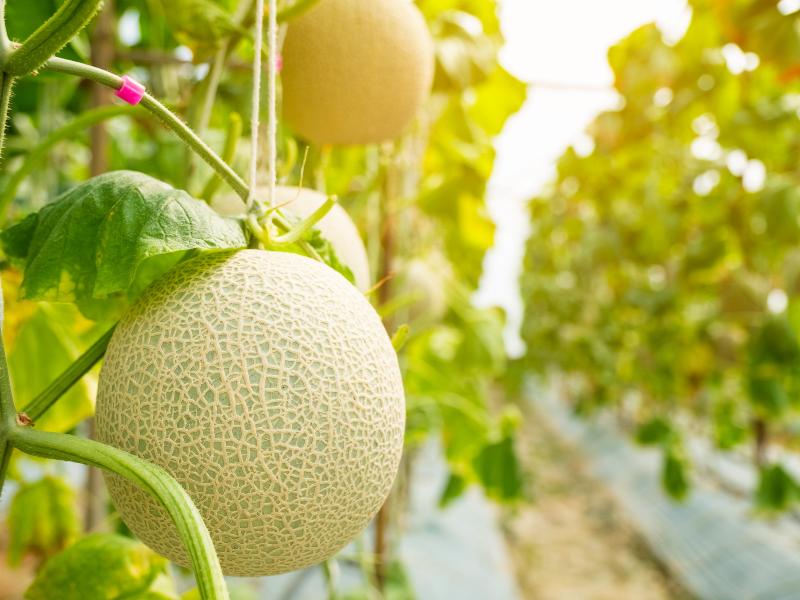
Cantaloupes are a type of muskmelon, and their name was derived from a North American variety known as C. melo var. reticulatas. The European variety is known as C. melo var. cantalupensis, and it’s also pretty famous.
Knowing how many cantaloupes each plant produces can help you determine how many cantaloupes you can grow in your home garden once you decide to plant them!
Cantaloupe plants produce two fruits per plant, as per a case study conducted on 20 different cantaloupe species. The fruits are generally large, with an average weight of 4 – 5 lbs, which can reach 10 lbs in total. However, this figure will vary among different varieties.
Cantaloupe plants usually have a long growing season, with their harvesting coming at least 80 – 120 days after planting the seeds. Similarly, harvesting will also depend on the growing conditions and cultivar.
I recommend you grow smaller varieties if you plan to grow cantaloupes commercially; smaller types will get you numerous fruits during harvesting compared to other cultivars. For example, you can harvest at least 20,000 fruits per acre (about 43,500 square feet).
Nevertheless, these smaller cantaloupe varieties only weigh about 3 pounds. Their weight is influenced by the available space you provide for them to thrive and how you plan on using your cantaloupes. Bear in mind that cantaloupes are vining fruits, so they’ll require ample space to spread their majestic long vines!
Cantaloupe Cultivars and Sizes
According to research done on different cantaloupe varieties, one variety known as Home Run came out as the best since the cultivar has the highest number of fruits per plant and produces fruits earlier. Ambrosia and the Hale Best Jumbo varieties were classified as fast growers, while the Avatar cultivar is known for having the most enormous fruits!
The growing conditions available will highly influence the type of variety you’ll choose; for instance, you shouldn’t sow seeds in an area that’s filled with other Cucurbits.
The following table displays different cantaloupe cultivars, how many fruits per plant, and their average size.
| Cantaloupe Cultivar | Fruits Per Plant | Weight Per Fruit (lbs) | Yield (lbs) |
| Strike | 2.3 | 5.2 | 12.0 |
| Grand Slam | 2.0 | 5.8 | 11.7 |
| Home Run | 2.5 | 4.5 | 11.1 |
| Atlantis | 1.8 | 6.1 | 11.0 |
| Origami | 1.7 | 6.4 | 10.8 |
| Aphrodite | 1.9 | 4.7 | 8.9 |
| Samoa | 1.9 | 4.7 | 8.9 |
| Athena | 2.0 | 4.3 | 8.8 |
| Majus | 1.7 | 4.7 | 8.0 |
| Tirreno | 1.9 | 3.6 | 7.0 |
| Avatar | 1.7 | 8.2 | 14.1 |
Cantaloupes Growth and Care Guide
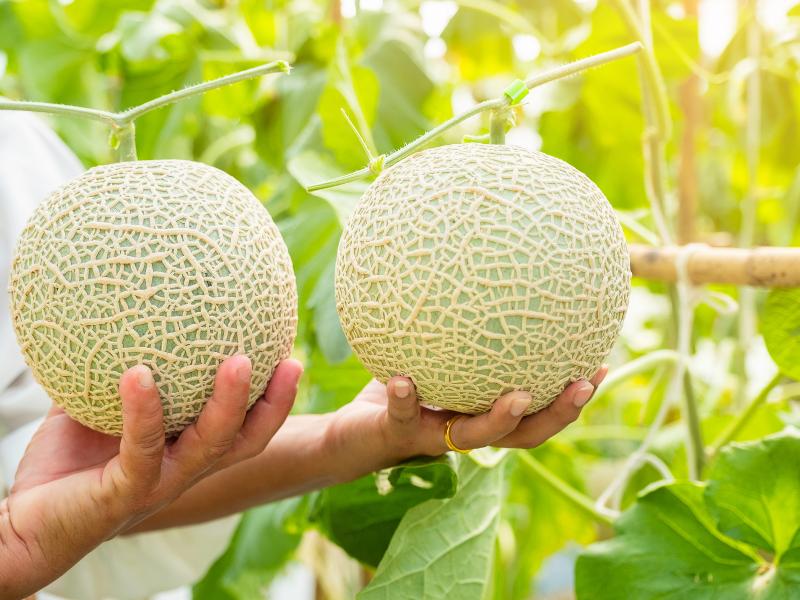
As mentioned earlier, cantaloupes are pretty easy to grow, particularly in Arizona, since they adore warm climates and the sun!
However, some varieties, such as the Minnesota Midget, can thrive in somewhat colder climates. Ensure you carefully analyze your environment before you choose a cultivar to grow.
Planting Cantaloupes
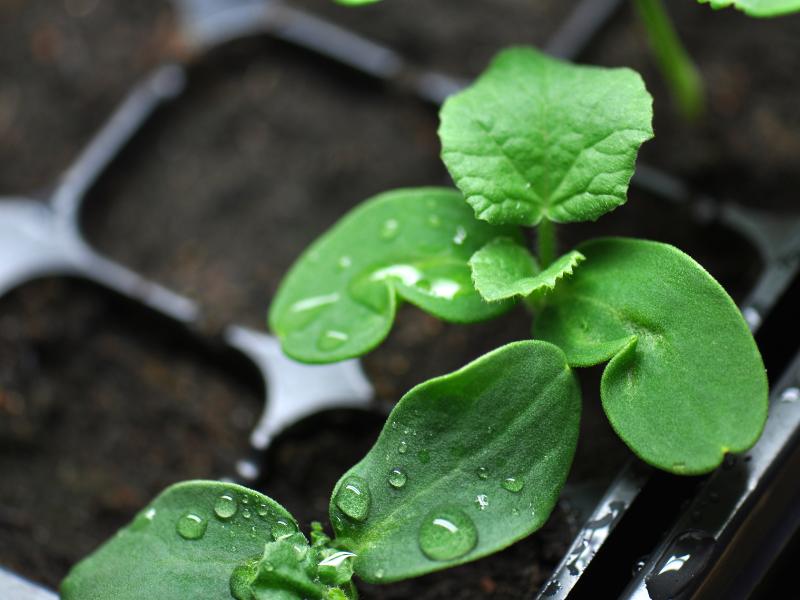
To extend the growing season, start your seeds indoors, as these plants prefer warmer climates. Typically, it would be best if you planted your seeds 4 – 6 weeks before the last frost date. For germination to occur, soil temperature should be about 70℉. You can add row covers to keep the soil warm if you intend on sowing your seeds outdoors.
Transplant your seedlings once they have been established. Cantaloupe seedlings can easily be harmed during transplantation since they have sensitive roots, so I recommend you plant them in plantable pots. Alternatively, you can find some heated propagation trays and use them.
Pick a location in your garden that receives plenty of sunlight and ensures the soil is always moist. Black plastic is an excellent mulch option since it helps retain moisture, prevent weed growth, and keep the soil warm.
Cantaloupes are self-pollinating, meaning they have female and male flowers. Still, bees and other pollinators are essential for the production of those sweet fruits to occur. A trellis might come in hand as the plant grows to help you control its long vines.
Some netting or old pantyhose will also help support your plant and prevent fruits from detaching.
Although you should be aware that their vines may grow over the edges, you can even use raised beds to grow smaller and bushier varieties.
Growing Cantaloupes
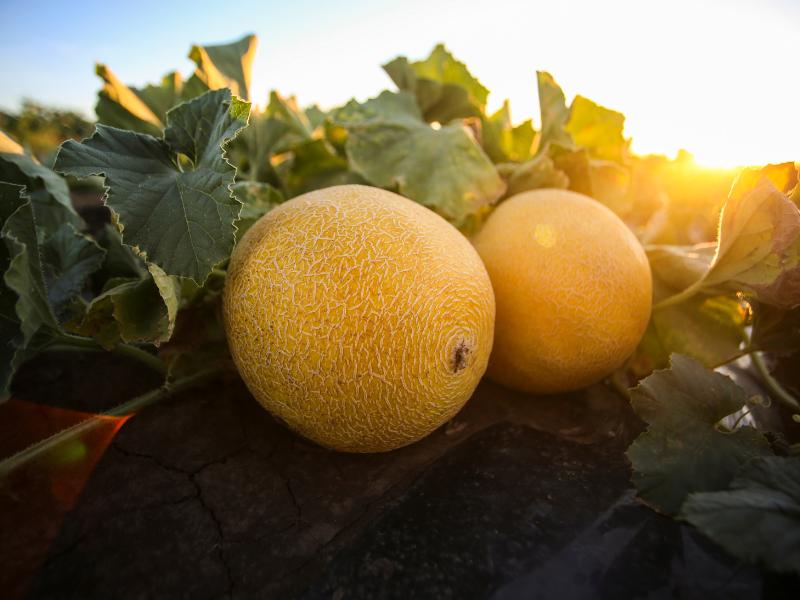
Growing cantaloupes is just as easy as planting them, so there’s no need to worry!
Cantaloupe plants flourish in well-draining soil rich in nutrients. I would advise you to conduct a quick soil test in your garden before planting them to know what type of soil you are dealing with.
During the growing season, these plants must acquire lots of nutrients, so feeding them with some fertilizer or other organic matter, such as compost, is a key factor in the growth and care of cantaloupe plants.
Fertilize your cantaloupe plants during the seedling stage and add some mulch to prevent weed growth. The growing guide of cantaloupe plants is pretty similar to that of watermelons, so that they can be great companion plants.
Cantaloupes flourish in full sun and need about 8 hours of sunlight throughout the day. The ideal temperature for these muskmelons during their growing stage is 18 – 25℃ (65 -95℉). Anything beyond 35℃ (95℉) and below 10℃ (50℉) can adversely restrict your plants’ growth.
Since different cultivars have different needs, it’s critical to choose a cultivar that best fits your environment. It would be best to water your plants more frequently to help them survive extremely high temperatures.
Additionally, ensure there is good air circulation since it helps with the pollination process, making it more manageable.
Give your plant adequate water after planting it. Provide at least 2.5 – 5 cm (1 – 2 in) of water, depending on the weather during the growing and flowering stages. After the fruit grows, reduce your watering to harvest sweeter fruits!
Please don’t allow your plant’s leaves to be wet since they can get powdery mildew and other infections. Water the soil until the top 15 cm (6 in) are damp, and always water at the soil level.
Never overwater watermelons since the roots will become mushy and prone to root rot. Your plants won’t give you an excellent harvest when they have root rot!
Check for aphid infestation if your plant’s leaves turn yellow. Aphids are known for stealing nutritious plant juices, inhibiting your plant from producing enough fruit. Insecticidal soap, neem oil, and pesticides are some practical solutions for eliminating these annoying pests.
Summing Up
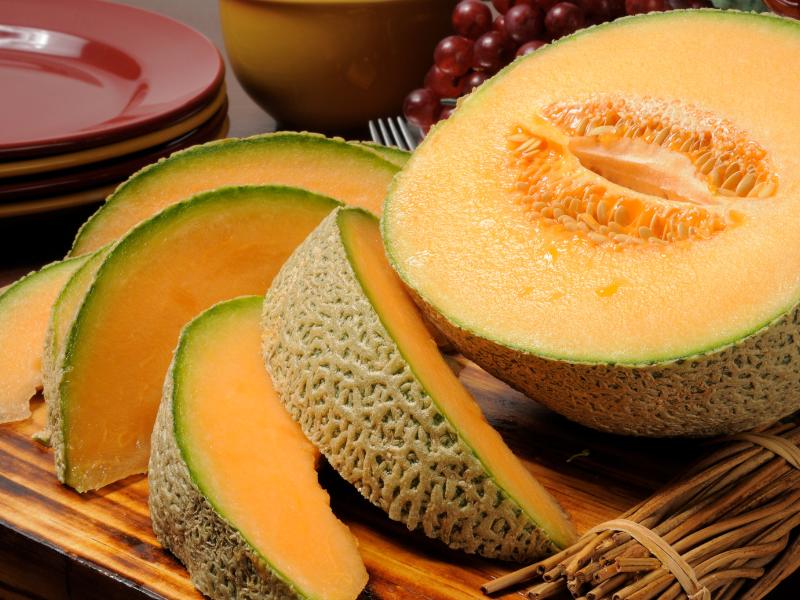
We aimed to help you anticipate how many cantaloupes you can expect from each plant, and we hope you know that now. Cantaloupes have a greenish-tan rind (although stripes vary with different cultivars) and a delicious orange-colored flesh inside.
You can use cantaloupes in various ways — make a summer dessert, enjoy some smiley wedges, or freeze them to make delicious popsicles. Whichever way you choose to use them, you won’t regret it one bit!
Cantaloupes are one of the easiest plants to grow from seeds, and growing them in your garden is a pretty simple task. You need only place them in a sunny location, water them, and feed them with some fertilizer occasionally, and you’ll harvest some fruity, delicious melons in no time!
Have a nice time, bye!


